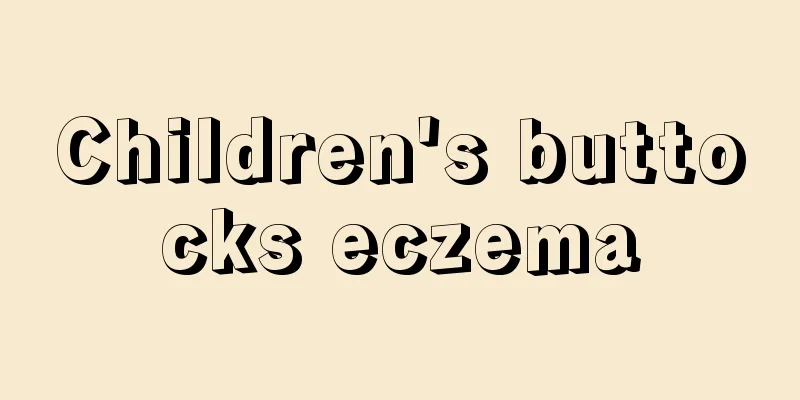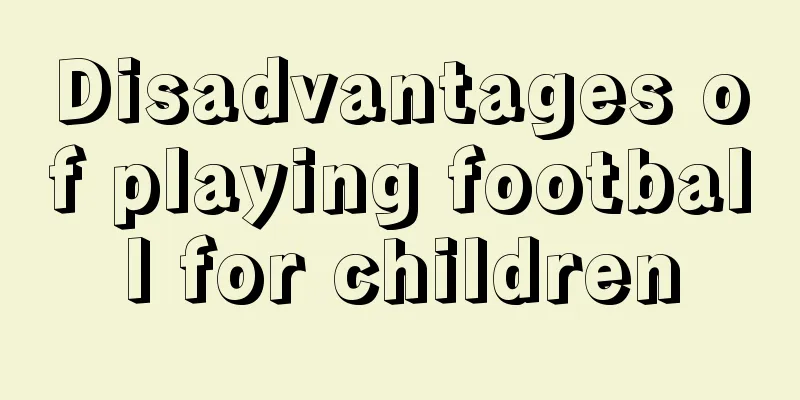What are the hazards of excessive lead to children

|
Although lead is an essential metal element in the human body, if the human body ingests too much lead, it will cause metal poisoning. Many children use pencils when they first start school. The main component of pencils is lead. This has led to many cases of lead poisoning caused by children biting pencils when they go to school. So what impact will excessive lead intake have on children? The harm of lead to children 1. Impact on the nervous system: The lead concentration in the hair of children with learning difficulties is significantly higher than that of children with good academic performance. Animal experiments have shown that excessive lead absorption can cause hyperactivity in animals. Daily exposure to lead in children can cause an average IQ drop of 2 to 5 points. The average verbal IQ of children with elevated blood lead levels was 4.5 points lower than that of normal children. 2. Impact on the blood system: Children with excessive lead may have their bone marrow hematopoietic function suppressed, resulting in the appearance of stippled red blood cells and causing anemia, manifested as fatigue and pale complexion. 3. Impact on the digestive system: Early symptoms include poor appetite, abdominal distension, nausea, vomiting, constipation and migratory abdominal pain. 4 In addition, it can cause changes in the kidneys such as chronic nephritis; damage the myocardium and cause electrocardiogram changes; and affect the immune system, causing a significant decrease in antibody production. What lead-containing items do children come into contact with in daily life? 1. Stationery When we hear the word "lead type", we naturally think of pencils. However, the pencil lead does not actually contain lead, but the colored paint on the outside of the pencil does contain lead. Children usually put pencils in their mouths and can easily swallow a lot of lead. In addition to pencils, oil pastels or crayons used by children for drawing also contain lead. Newly bought oil pastels and crayons are wrapped in a layer of paper to prevent children from direct contact with the lead, so parents should pay attention to prevent children from tearing off the outer wrapping paper. 2. Furniture Furniture in your home also contains a lot of lead because lead is an additive in many paints. In particular, parents like to buy brightly colored furniture for their children, and even paint their children's rooms in colors, which invisibly exposes their children to more lead. 3. Toys Many toys also use paint on their eyes, mouths, hands and feet. If children like to sleep with their toys in their arms, they will inadvertently inhale more lead. 4. Food Lead is also found in many foods. For example, some canned foods have increased lead content due to the use of lead in welding seams; foods with high lead content mainly include popcorn made in containers with high lead content; preserved eggs that have lead oxide added to speed up their ripening; and puffed foods with added leavening agents (which contain large amounts of lead and aluminum). |
<<: The fastest way to stop vomiting in children
>>: Is it okay for children to drink milk powder before going to bed?
Recommend
What are the items to be checked in early screening?
Early screening is newborn disease screening, whi...
What is the development standard for a 100-day-old baby?
After every child is born, parents will take the ...
Why do children have thick tongue coating?
Children's health is the most important issue...
Why does the baby cry in the evening?
For those who have babies at home, the most sever...
How to get rid of phlegm in newborns
Newborns are prone to various diseases because th...
If both parents are not tall, can the child grow taller?
During the growth stage of children, many parents...
What should I do if my child likes to get angry?
Everyone has some temper, even children are no ex...
The harm of kissing baby's mouth
When adults see the cute look of babies, they can...
The reason why babies hiccup before one month old
I believe that everyone must be very familiar wit...
What are the treatment measures for itchy skin in children?
Children's skin often becomes itchy because t...
What is the disease of blisters on baby's hands and feet?
What disease is it that blisters grow on the baby...
How to care for babies with breathing sounds
In fact, for some people who have just become par...
Newborns always stretch
Perhaps many parents will find that their babies ...
Can eight-month-old babies eat sheep brains?
Sheep brain is a very delicious food, and in some...
The harm of children's fear psychology and the correction methods of children's fear psychology
Mental health directly affects a child's life...









